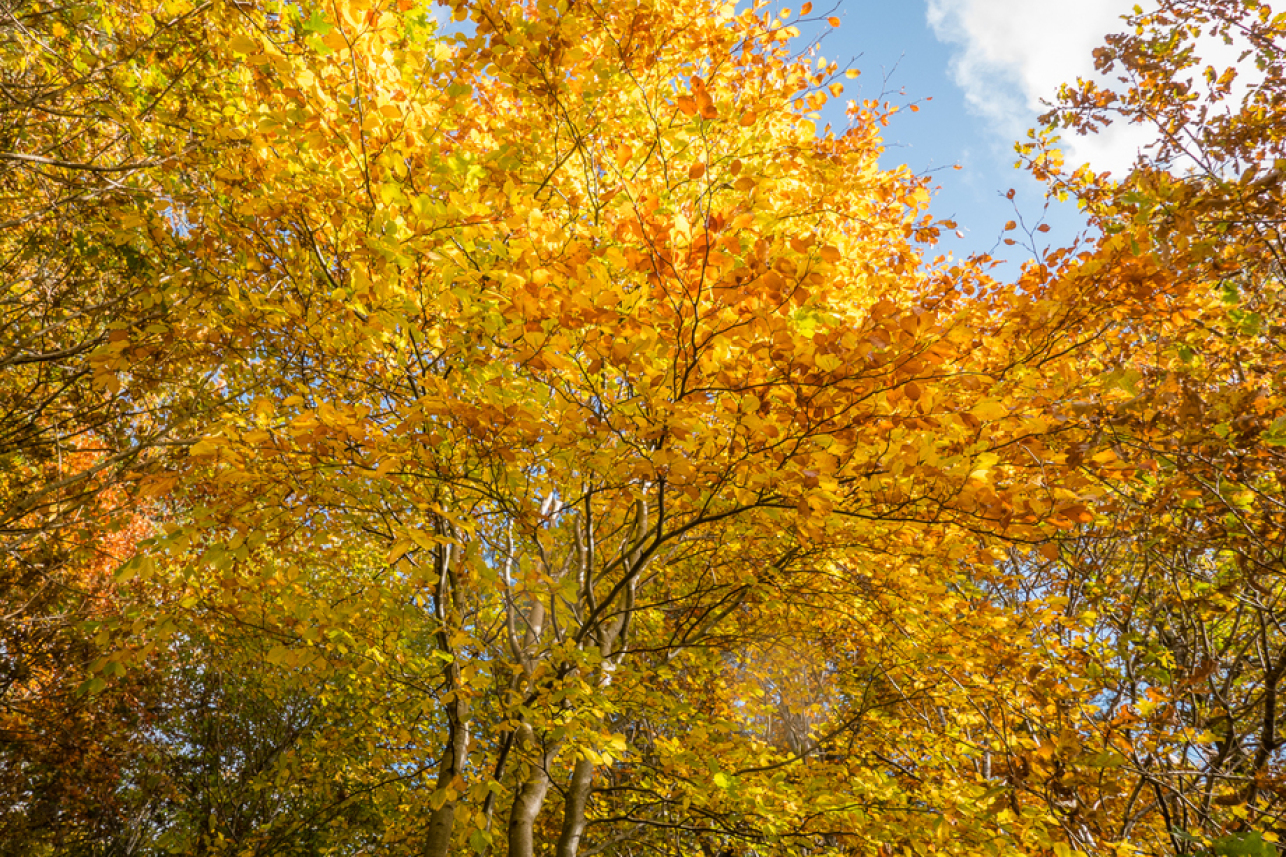Inspiration of autumn
With under a month left to enter our Creative Freedom exhibition call, we take a moment to find inspiration in some of the wonderful experiences that autumn brings.
Migration
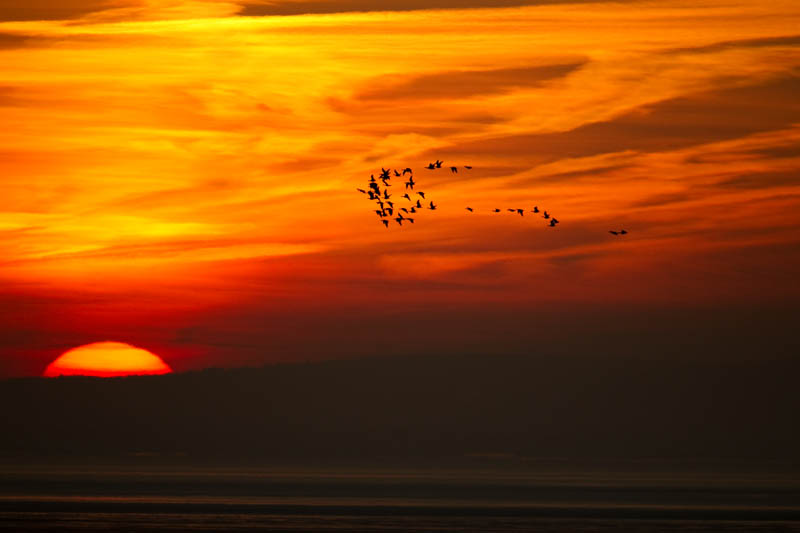
One of the most famous wildlife spectacles you can witness over autumn is the arrival of migratory geese species such as Svalbard barnacle geese, Greenland barnacle geese and pink-footed geese. Thousands of individuals can be spotted across Scotland and can often be found feeding on seeds, grass, potatoes and small invertebrates in our estuaries, marshes and reservoirs.
During their migration, thyroid hormones become elevated. This causes an increase in their metabolism, alters muscle mass, and lowers the minimum temperature for muscle performance. These changes help geese to migrate up to 1,500 miles a day!
Such spectacles make for the perfect inspiration for a variety of mediums, conjuring up stories of where these frequent fliers have come from and documenting in awe their grace and determination.
Inversions
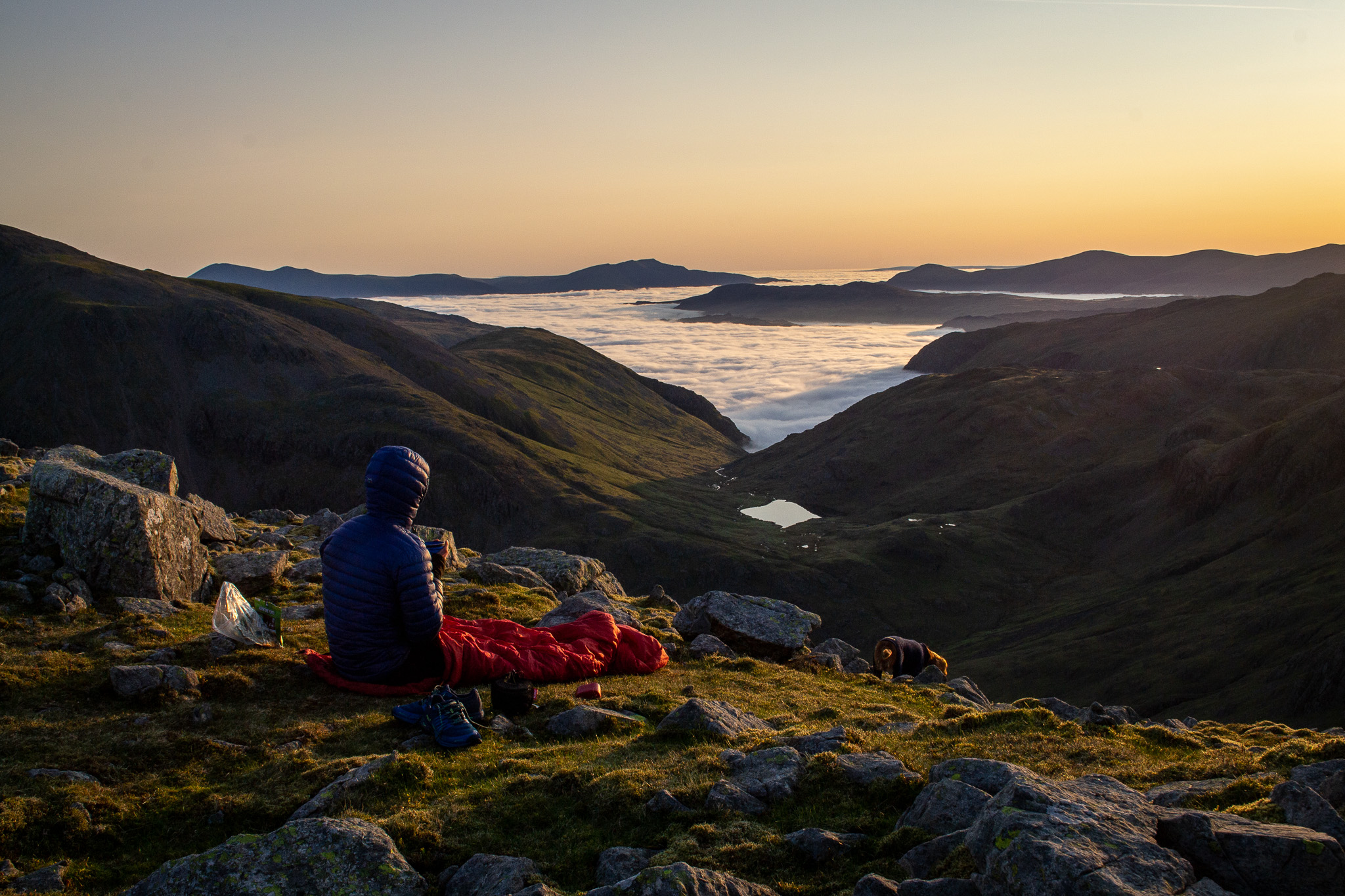
^ Credit: Ross Brannigan
The lowering temperature brings with it some incredible weather phenomena, such as cloud (or temperature) inversions. This is where the normal temperature distribution of air becomes inverted, meaning you have a cold layer of air trapped at ground level, with a layer of warm air on top.
As autumn days are still quite mild and humid after the warmth of summer, and clear, cloudless nights are much colder, this creates the perfect conditions for cloud inversions. From above, this can look like a lake of cloud settled into the bottom of valleys such as this one in the Lake District and make for breathtaking and inspiring views.
Reflections
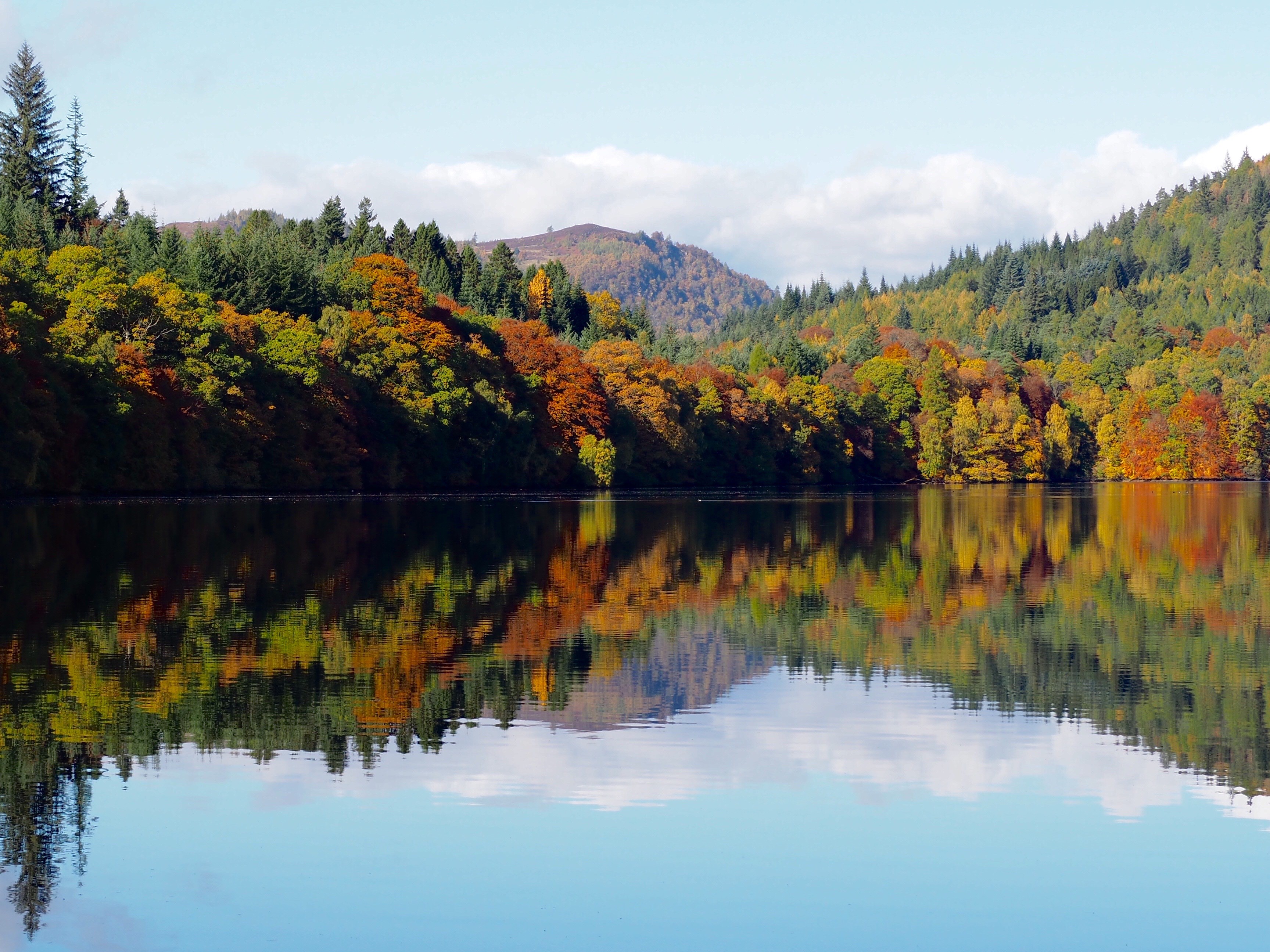
Although not a unique experience to this time of year, reflections of the autumn colours in lakes and rivers are something quite beautiful to see.
Reflections are created when light bounces off a surface. If the surface is smooth and shiny, like water, the light will reflect at the same angle as it hit the surface, creating what is known as a specular reflection. If there are ripples or waves in the water, the reflections can appear distorted as the light waves get bounced back at different angles.
Reflections give us inspiration to look at the world in a variety of ways and allows our creative minds to indulge in the different.
Preparation
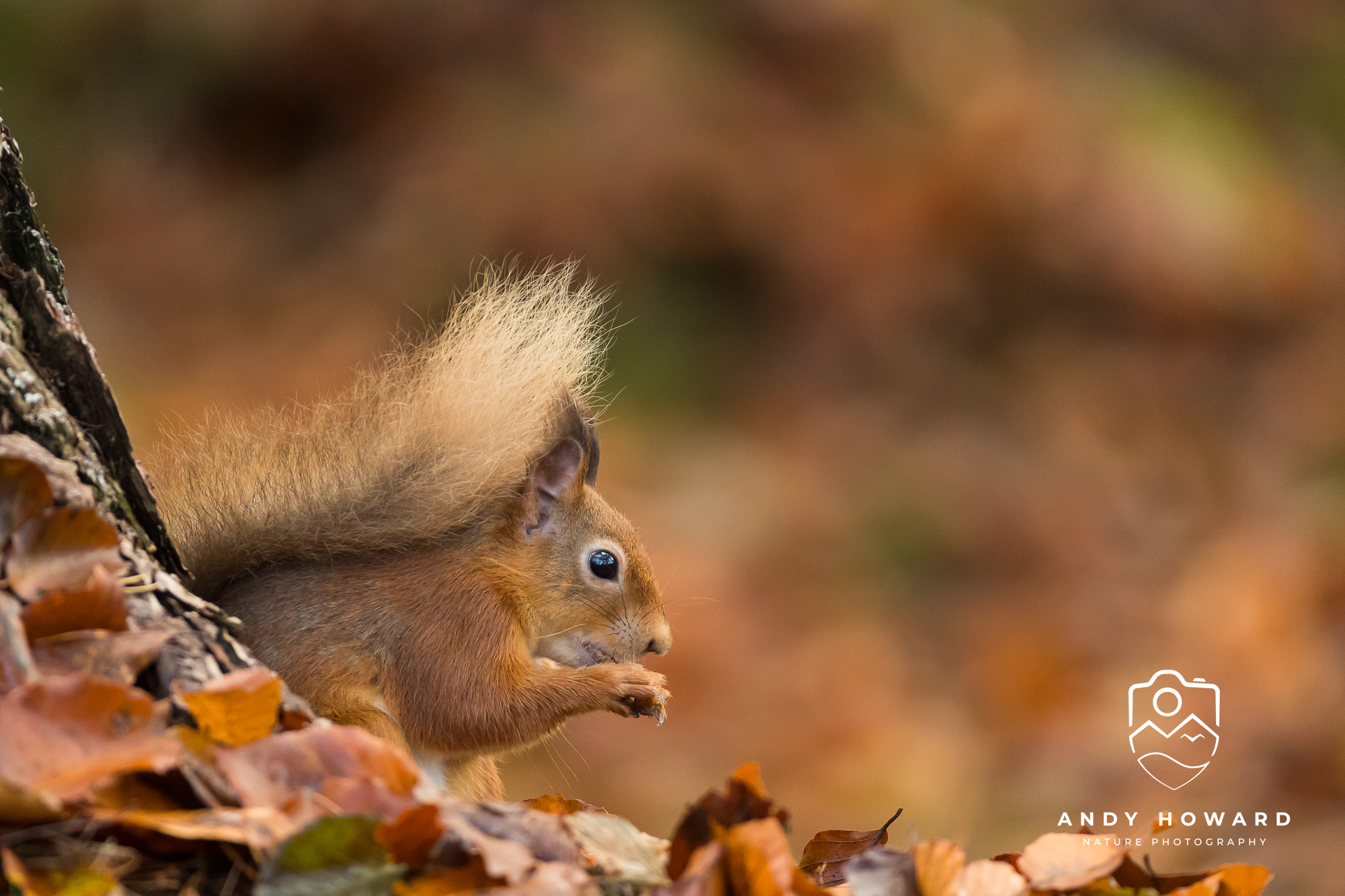
^ Credit: Andy Howard, photography judge for Creative Freedom
Did you know squirrels don't hibernate?
Hibernation is characterized by low body-temperature, slow breathing and heart-rate, and low metabolic rate. During hibernation, animals become inactive to save energy and can go weeks without eating or drinking!
Although you may not see them as often, squirrels are active during the day, all year round. When autumn begins, their internal photo-neuroendocrine system tells them that the days are getting shorter and they need to start preparing their winter nests and larders. As the temperature drops, squirrels may spend several days in their nests, keeping themselves warm and dry, and not straying too far from their hoards.
Of course, we all know how squirrels prepare for winter, so take some time to pause and see if you can spot them burying their food while out on your next autumn wander.
Colours
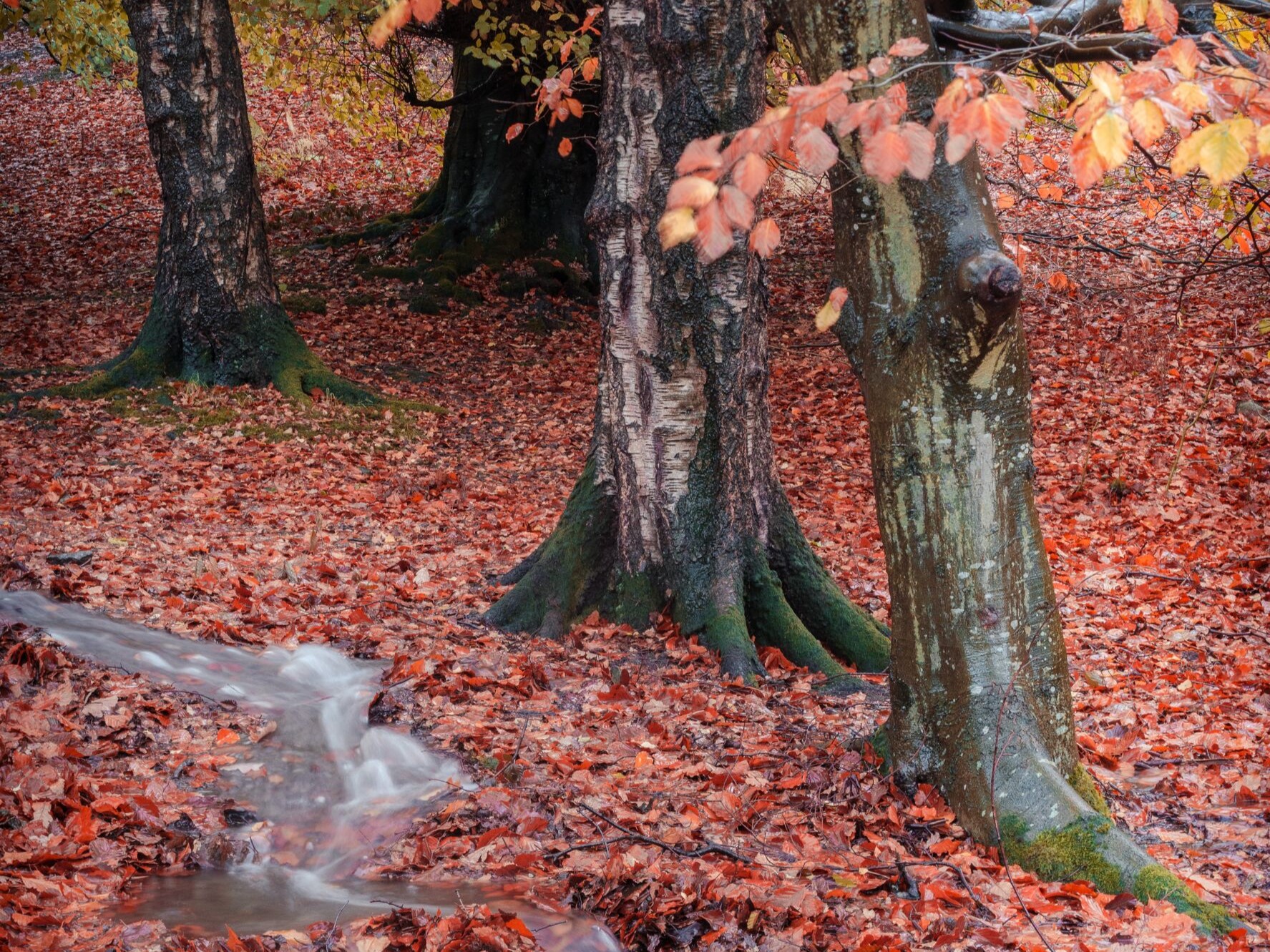
The colour of leaves is produced from three different pigments: chlorophyll (green), carotenes (yellow) and anthocyanins (reds and pinks). These are natural substances produced by leaf cells to help them obtain food.
The change of weather in autumn affects these pigments in a variety of ways. As the temperature decreases, chlorophyll is destroyed, resulting in the green fading to yellow. However, if the temperatures stay above freezing, anthocyanin production is enhanced and the leaves take on a red colour. Dry and bright weather can also cause the sugar concentration within the leaves to rise, in turn increasing the anthocyanin production, causing the leaves to become redder.
The plethora of shades produced make for stunning scenery to be captured in our creative outlets, and even the leaves themselves can be used to create artistic prints.
Storms
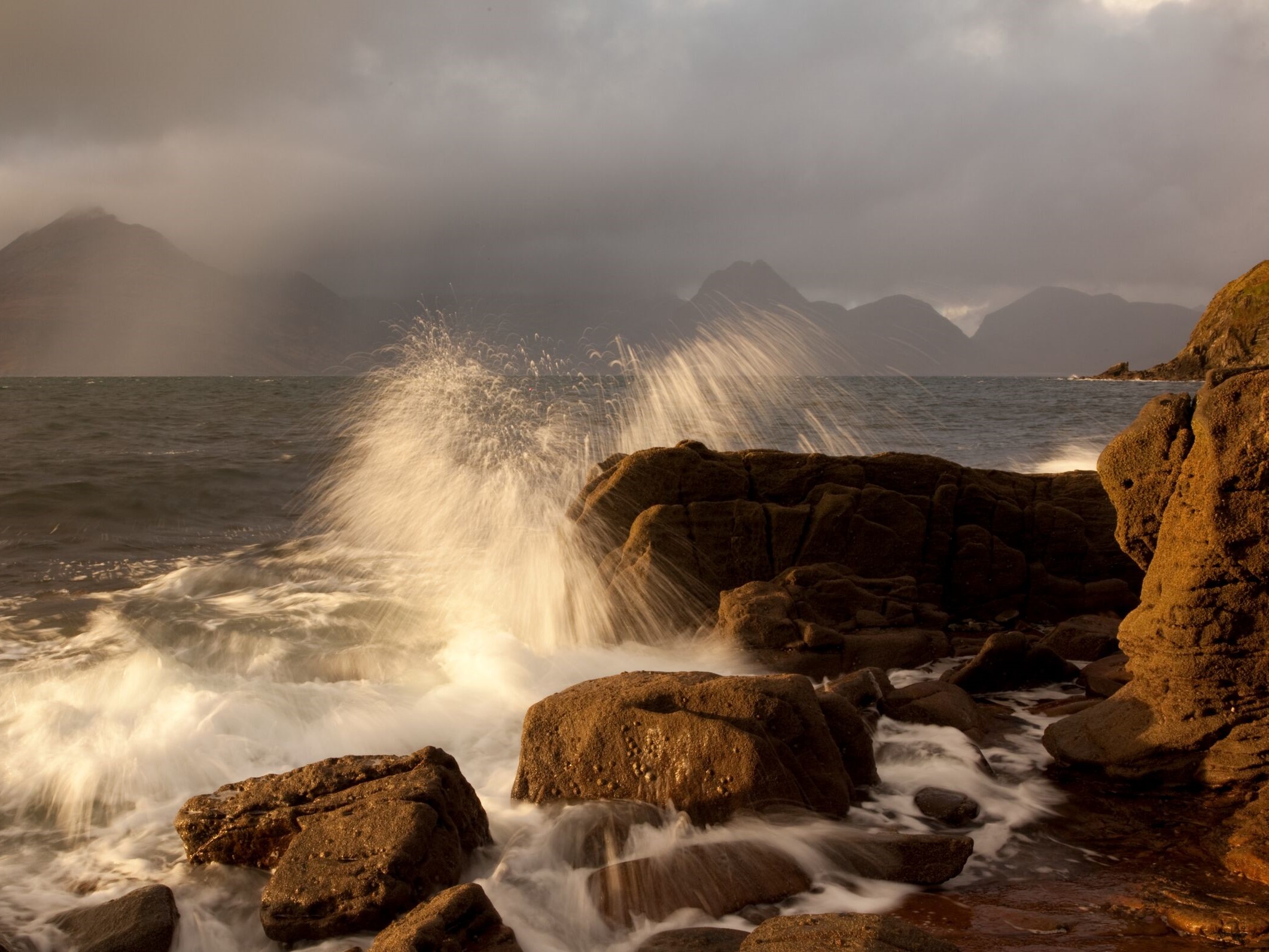
As we have seen over the last couple of weeks, stormy weather increases in frequency and intesity as we progress into autumn. One of the factors that causes this is the Earth's northern hemisphere tilt away from the sun. This results in large temperature contrasts between the north to south of the planet which strengthens the jet stream, leading to deeper areas of low pressure, bringing stronger winds and heavier rain.
Storms bring with them a sense of drama and intensity which provides an excellent visual interest for all kinds of artistic mediums.
Inspiration
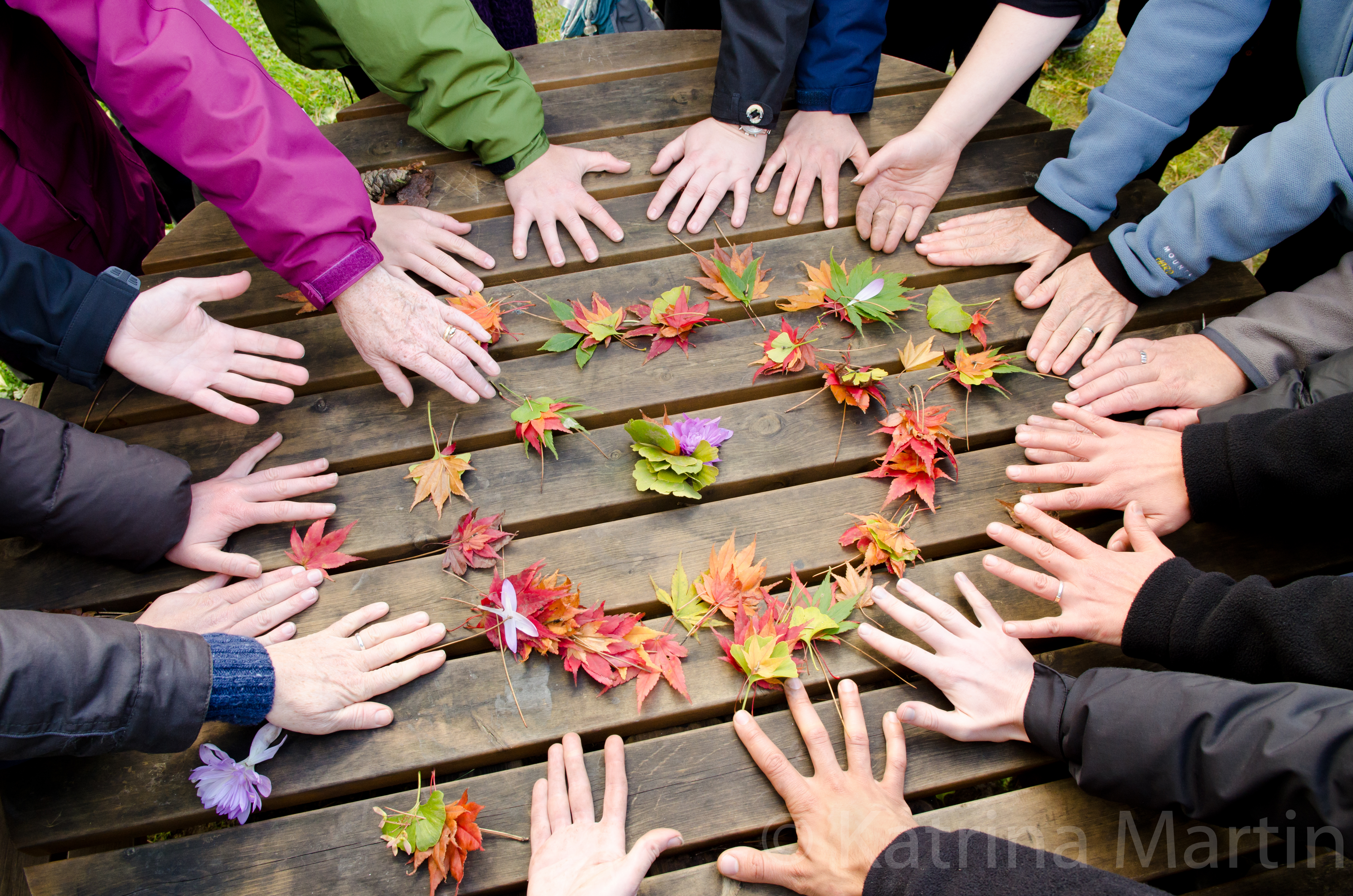 Have you been inspired by the changing seasons?
Have you been inspired by the changing seasons?
Our Creative Freedom Exhibition call is an exciting opportunity to have your work featured in our spring 2024 exhibition in Wild Space visitor centre in Pitlochry, where it will be seen by hundreds of visitors.
One enterant will also be chosen to receive an artist-in-residence opportunity, working on a project in collaboration with the Trust.
Whether you are a writer, photographer, sculptor, podcaster, videographer, or something else entirley, we would love to know what 'freedom for wild places' means to you!
